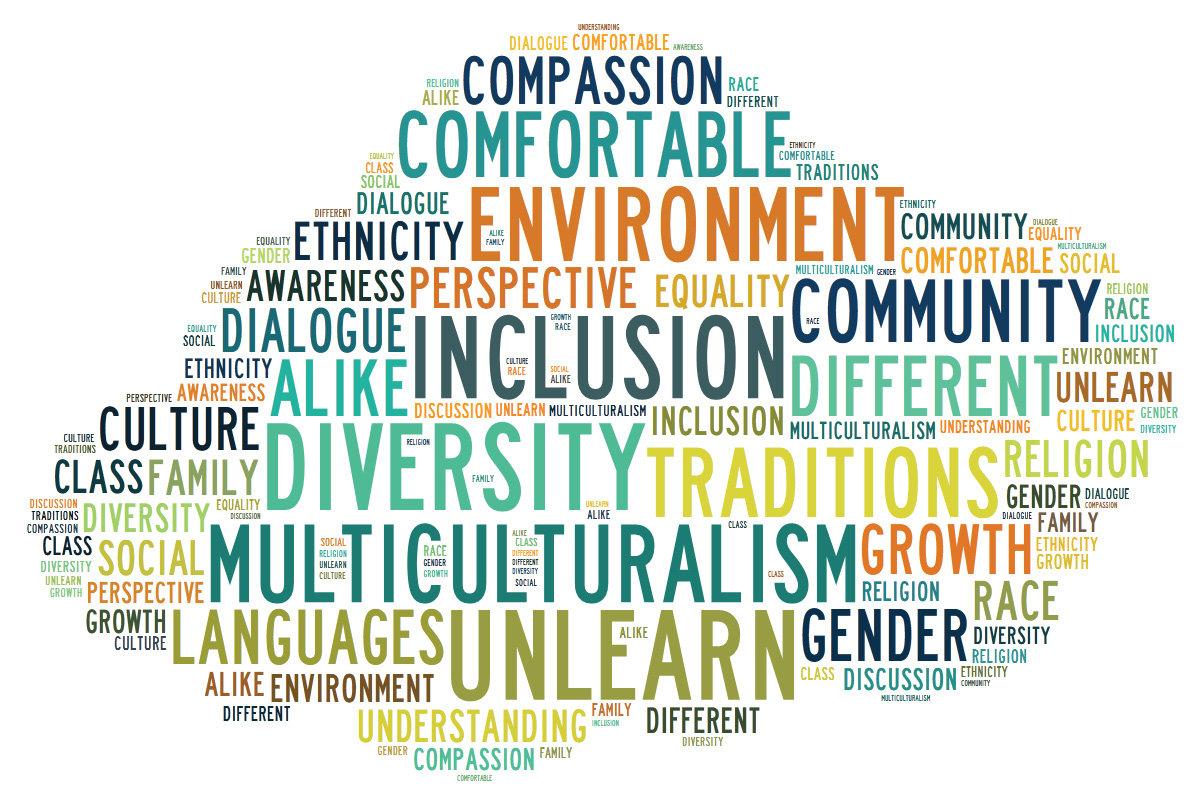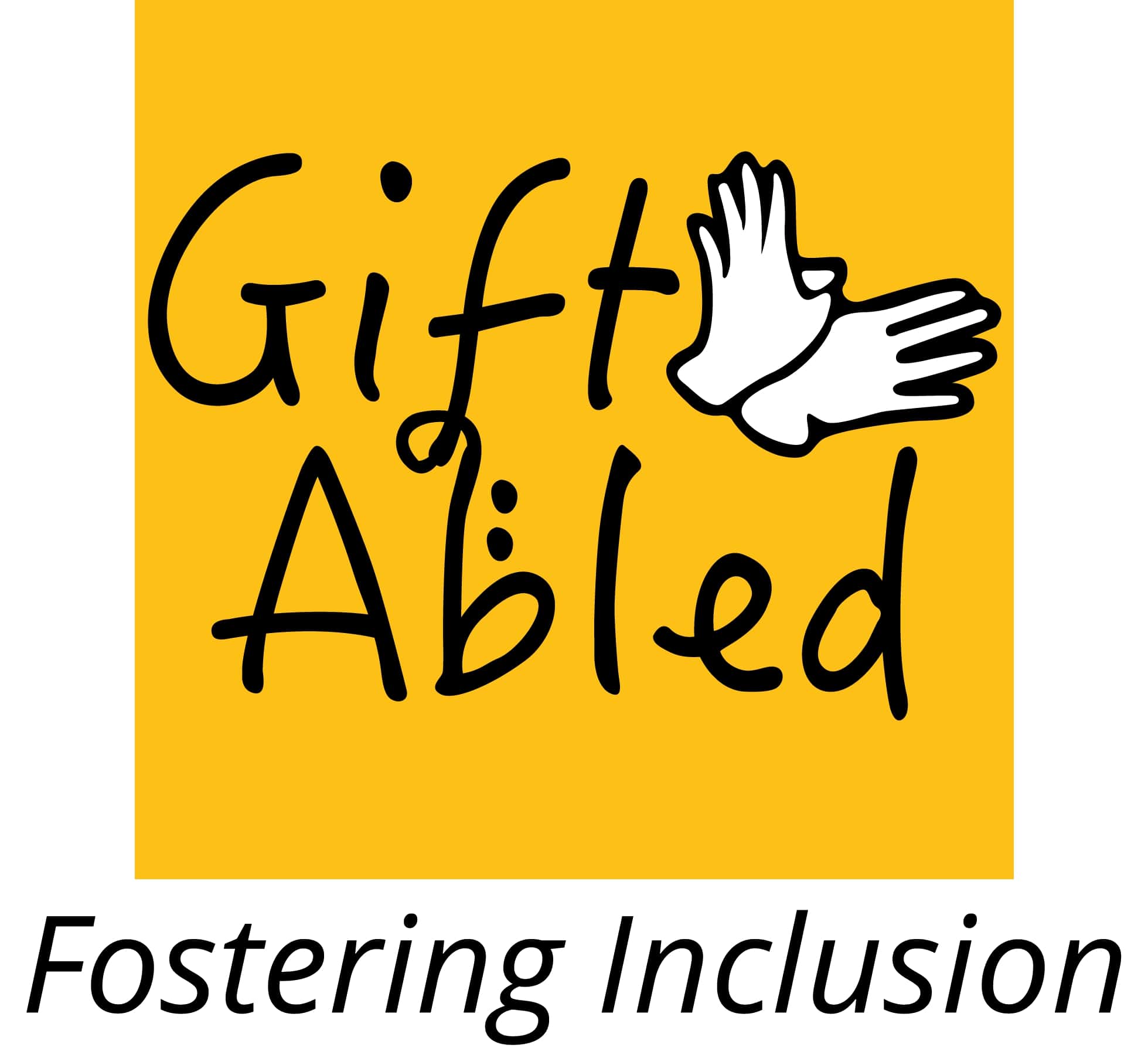Overcoming Unconscious Biases at Work
In this 3-part series we have been discussing unconscious biases at the workplace and its effect. In this last part we will look at ways to overcome these biases at the workplace –touching upon hiring, general conduct and developing and promoting talent. We will also understand the role of a leader in combating unconscious biases:
1. Knowing the current state of the company culture and checking yourself – this is the most important first step in combating your own biases before working towards creating a culture that is inclusive of all. By observing your own behaviours and how you react in certain situations, can uncover your own biases, an exercise that then gives you a chance to act on your biases. Overcoming unconscious bias is a two-way conversation between senior leadership and employees, where leaders must support and respect the need for a diverse workforce, and in turn striving to learn the best ways to maintain and open and honest culture – something that is needed to create a workplace of the future.
2. Using inclusive language – most organisations are now moving away from unnecessarily time-consuming meetings to instead relying on written communication. In such a case, we have to be mindful of the language we use and make sure it is as inclusive as possible. Let’s look at an oft quoted example to explain this: “Guys” is often a word associated with men, which when used to address a mixed group has often raised eyebrows. However, it was never meant to exclude the women in the group, but just intended to be a general way of greeting.
3. Grooming – our biases are often based on our causal observations. We tend to form opinions based on what we see in the world around us, resulting in our brains training themselves on repeating phenomenons. As a result, leaders work towards creating a balanced workforce that includes people with different genders, ethnicities, belonging to different generations and disabilities.
4. Cross-pollinating – leaders are expected to set the tone for the rest of the organisation, thus they play a vital role in creating a culture where their teams consist of people from different backgrounds – not just gender, but mindsets. Several teams today hire employees who come in with a completely different experience from the one the team is usually used to hiring. This allows for more diversity of thought and ideas and brings in “texture” to a problem-solving team. Cognitive diversity in this case plays a big role because it all about how one thinks, rather than who they are. Making unbiased hiring decisions here are very important.
5. Removing bias beginning at the hiring process – organisations need to ensure that job descriptions are put together in a way that there is no indication that a particular gender or type of person is preferred. One of the roles of a D&I practitioner is to work with hiring managers and policy makers to ensure job descriptions are bias free and people policies are inclusive in their language. During the hiring process, whenever possible, several members of a team should be involved in the interview and decision-making process. This will ensure the entire spectrum of the candidates’ skills and expertise are considered and a bias free decision is made. This also plays a big role in giving the organisation a competitive advantage of hiring the best talent.
6. Maintaining external image – while the above point discussed internal issues of the hiring process, it’s important to remember that candidates too are interviewing the company during the hiring process. If they feel discriminated because of their gender, race, sexual orientation, disability or age, they would not want to work for such a company and the repercussions for the company could be harmful if the candidates share their experiences, especially on social media.
7. Nominating based on skills and performance – when organisations come up with learning interventions for employees, managers are asked to nominate members from their teams. An unbiased way to do this is to give managers nomination criteria that is solely based on employees’ performance in during the last appraisal cycle and the relevance of the learning intervention to the job being performed. This ensures no favoritism comes in the way of an employee’s development and eventual promotion. This is especially important when employees from minority groups are not considered for development programmes.
8. Designing unique programmes to bring employees together – while learning interventions are the most prevalent ways of connecting employees with one another to break down barriers and spend time together, there are other ways organisations can do this. One of the most popular programmes to do this are mentoring initiatives – be it the traditional form where a senior executive mentors a younger employee or reverse mentoring, where a senior executive is mentored by a younger employee. Another way to bring employees together is through Employee Resource Groups (ERG) where open and productive conversations are encouraged, thus eliminating any forms of biases creeping in. ERGs are also a good way to talk about the company’s inclusive culture.
9. Ongoing training needs – while we have so far looked at what needs to be done to address issues of unconscious bias with current employees, it is equally important to keep the conversation going because organisations will always have new employees coming on board. Rather than doing one-off training programmes, it’s crucial for organisations to continue to keep all employees educated on the importance of diversity and acceptance.
10. Using rotas to overcome stereotyping – a useful practice adopted by leaders during meetings. While ensuring every member of the team plays a different role during each meeting, leaders do away with stereotyping.
11. Slowing down – while a seemingly irrelevant step, an important step nonetheless, especially during decision making. Human beings are known to act on their gut feeling or making assumptions, which is not always the best decision.
Once people are able to see past their immediate judgments and unconscious stereotypes, they can collaborate and work together more effectively. While it may be impossible to completely remove unconscious biases from the world, especially the workplace, it will continue to be a leader’s responsibility to work towards developing strategies to combat this issue – not only is this the right thing to do, but it’s also good for business.
Remember, successful transitioning from diversity to inclusivity takes several steps. The trick is to not think of it as a sprint, but instead as a journey.

